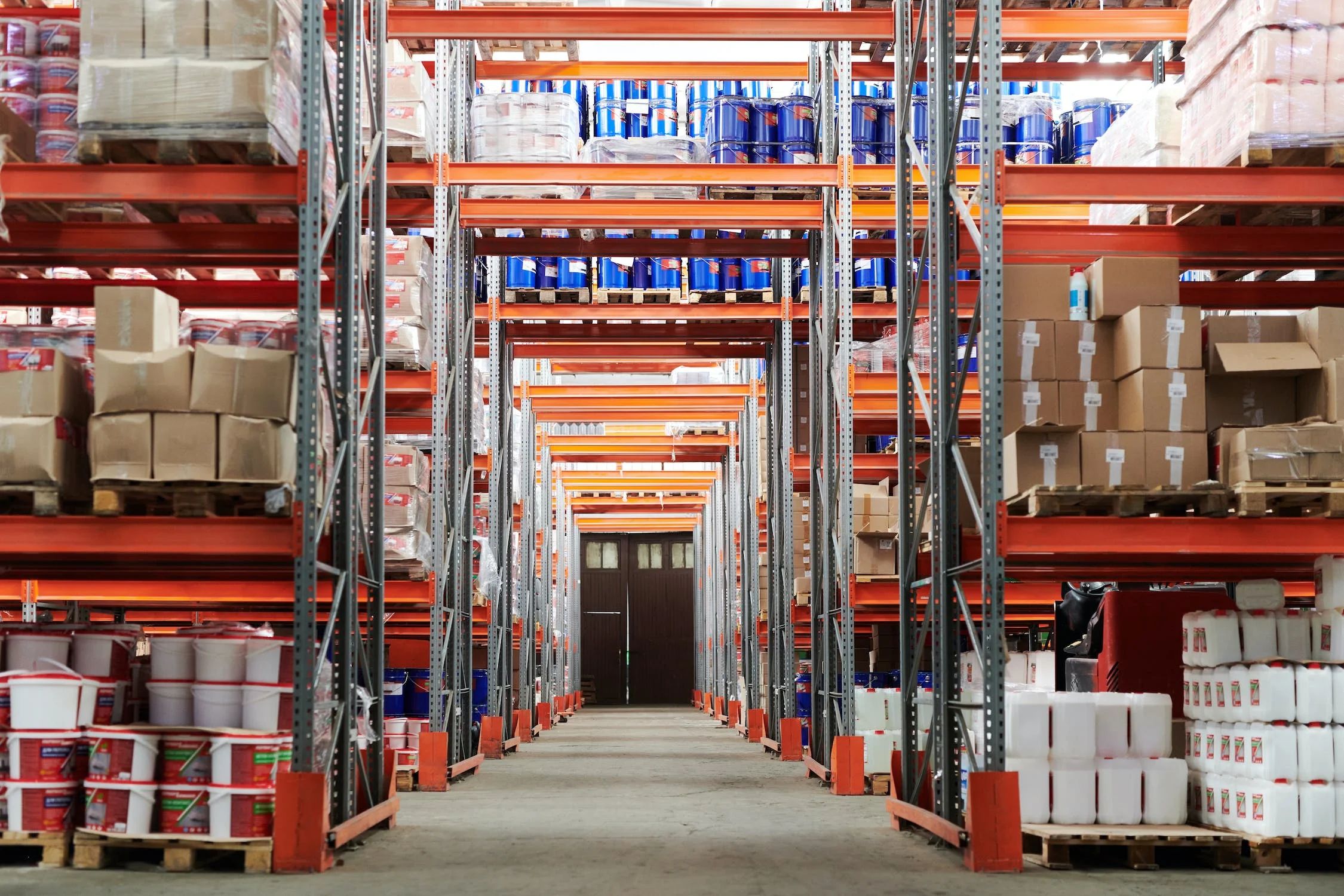
26 Apr WAREHOUSING AND LOGISTICS: ROBOTS, AUTOMATION, AI, DRONES, AND MORE
I don’t think it’s any great leap of faith to realize that as global trade and e-commerce continue to expand, the warehousing industry is experiencing a rapid transformation. After all, new advances in technology, automation, and data-driven decision-making are redefining traditional warehouse operations and paving the way for a new era of storage and distribution. All you have to do is scroll down to learn more about the future of warehousing, emerging trends, and the potential impact of these innovations on efficiency, cost savings, and customer satisfaction.
Let’s begin with the growing adoption of robotics and automation. Automated guided vehicles (AGVs), robotic arms, and autonomous mobile robots (AMRs) are just some of the robotic technologies that are revolutionizing the way warehouses operate. All manner of new advancements can now perform tasks such as picking, packing, and transporting goods with minimal human intervention, significantly improving efficiency, accuracy, and safety.
The Internet of Things (IoT) is also skyrocketing in popularity here. Connected devices and sensors are being integrated into warehouse operations to collect real-time data on various aspects, such as inventory levels, temperature, humidity, and equipment performance. This data can be analyzed and used to optimize processes, monitor equipment, and make data-driven decisions that enhance overall warehouse efficiency.
We know that AI and machine learning are also making their mark on the warehousing industry. Such tools can assess vast amounts of data generated by IoT devices and other sources to identify patterns, trends, and anomalies. By harnessing the power of AI and machine learning, warehouse managers can optimize processes, predict equipment failures, and improve demand forecasting, leading to better inventory management and cost savings.
On other fronts, augmented reality (AR) and virtual reality (VR) technologies are also emerging as valuable tools in warehouse operations. AR can overlay digital information onto the real world, enabling warehouse workers to access real-time data and instructions through smart glasses or other wearable devices. As for the latter, on the other hand, it can create immersive training environments for workers, enabling them to learn and practice new skills in a safe and controlled setting.
Warehouses are also growingly adopting sustainable practices and energy-efficient technologies to reduce their carbon footprint. These efforts include using energy-efficient lighting, implementing solar power systems, and optimizing heating, ventilation, and air conditioning (HVAC) systems. On other fronts, warehouses are further focusing on reducing waste and adopting circular economy principles, such as reusing and recycling materials.
The adoption of these emerging technologies and practices is expected to have a profound impact on the warehousing industry, leading to growth in areas such as:
- Improved efficiency and cost savings: Automation, AI, and data-driven decision-making can significantly boost warehouse efficiency, reduce operational costs, and minimize human error.
- Enhanced worker safety and satisfaction: By automating repetitive and physically demanding tasks, robotics and automation can reduce the risk of injuries and improve job results.
- Better inventory management and customer satisfaction: AI-driven demand forecasting and real-time data monitoring can improve inventory management, leading to reduced stockouts, faster order fulfillment, and increased customer satisfaction.
- Reduced environmental impact: Sustainable practices and energy-efficient technologies can help warehouses minimize their carbon footprint and contribute to a greener future.



